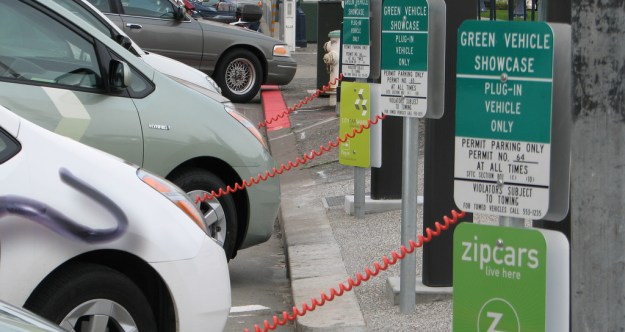
Announced earlier this week, Nissan has designed new battery technology for electric vehicles that cuts charging time from eight hours down to just ten minutes to fully recharge the battery. Assuming electric vehicle charging stations become more widespread across the United States, a driver could potentially take a long-distance trip from New York City to Los Angeles only having to stop for ten minutes at a time to recharge the vehicle. Researchers at at Kansai University in Japan claim that the breakthrough in this charging method comes from swapping out the electrode utilizing carbon inside a capacitor to an electrode using tungsten oxide and vanadium oxide.

The pharmacy chain Walgreens recently announced intentions to install 800 electric vehicle chargers at retail locations around the United States and DC fast charging stations will make up nearly 20 percent of those units. Some locations aren’t able to utilize DC charging stations due to limitations in the power infrastructure. Walgreens is hoping that consumers with electric vehicles will soon associate the store with charging and encourage more people to shop at its retail locations. The company is taking a “wait-and-see” approach on rolling out charging stations nationwide to get a better understanding of the popularity of the chargers.


